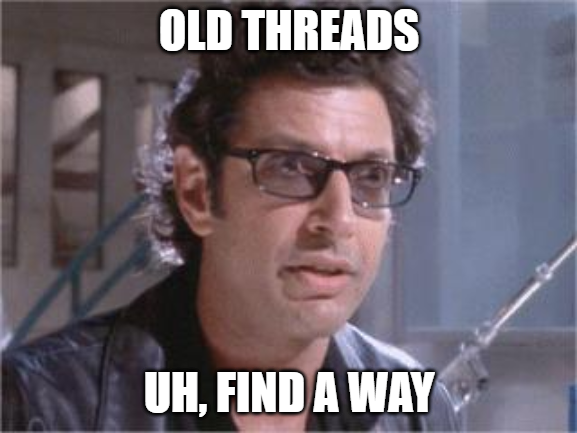It can't be done with today's technology and not likely to be done for decades.
thats not true, the passenger pigeon project is only a few months away from completion, its the stuff that requires the replication of a lost genome that will take longer.
What's the impact of us currently not having passenger pigeons?
In its day, (ie, about 300 years ago) the passenger pigeon was the most common air-breathing vertebrate in existence. There were more of them than rats, more than mice, more than sheep, rabbits, and many, many times more than there were humans. There were probably more of them than there are humans *currently*
They were the main distributors of seed throughout the north american continent - many tree and plant species relied on them heavily, and seed distribution rates have dropped heavily since they've been gone. They created ecoystems, though the sheer biomass they represented. The thousands of tons of passenger pigeon crap they deposited every year created and enriched soils and forests where they otherwise would be thin and impoverished. They supported entire populations of wildcats, hawks, owls, snakes, and other predators/scavengers.
Even should cloning succeed, we'll never see the billion-strong flocks of the 19th century again - I don't think they'd be allowed to exist given their potential impact on the agriculture that their old feeding grounds now support. But the passenger pigeon is the very definition of a keystone species - one which underpinned and shaped an ecosystem. But the ecosystem is gone now, and we'll never clone up a few million passenger pigeons so that we can even start bringing it back. Cloning in this case will create a sad, lonely, hyper-expensive curiosity of a cage bird, ecologically useless but too valuable to be let outside.
If you want an Australian parallel, consider the humble flying fox. Wide-ranging pollinators and seed distributors, just like the passenger pigeon. Slow breeders - one offspring per pair per year at max, just like the passenger pigeon. Roost in large flocks that create local microecosystems, just like the passenger pigeon. And under enormous pressure, just like the passenger pigeon was towards the end. In the past 80-odd years flying fox numbers have dropped by something like 95%. We see a few thousand being a bit noisy in a colony at Yarra Bend or Charters Towes or wherever and think, "plague proportions!", but you can read old eyewitness accounts from last century etc - in a healthy ecosystem, the flocks of these guys used to blacken the sky (one of the reasons bushfire recovery takes so long these days, actually, is there aren't nearly as many flying foxes crapping seeds into burnt areas any more). The sheer proliferation of animals - birds, fish, land animals - that can be supported by a given area in an untouched ecosystem simply beggars belief - read a few historical accounts, it's a bit of an eye-opener. Too often we judge by the standards of what we see now, with no real conception of what an ecosystem looked like before human (or even white) colonisation, and how rich and abundant it could be. Even our 'untouched' national parks etc are impoverished shadows of what they used to be, stripped down by rabbits, cats, foxes, and historical logging & shooting (and that's AFTER the ecosystem was already reeling since the aboriginies obliterated the megafauna a few dozen thousand years ago).
Cloning the PP is all very well and would be pretty cool, but don't expect any ecological benefits (I think the thylacine - as a top predator from an ecosystem where the current top predator is in deep trouble - would be an exception). And as vooligan says, it'd be far too easy to pretend that cloning meant that extinction didn't matter any more. It does. A live animal that only exists in very small and genetically-questionable populations in zoos or scientific labs does not contribute to the ecosystem in any meaningful way.


